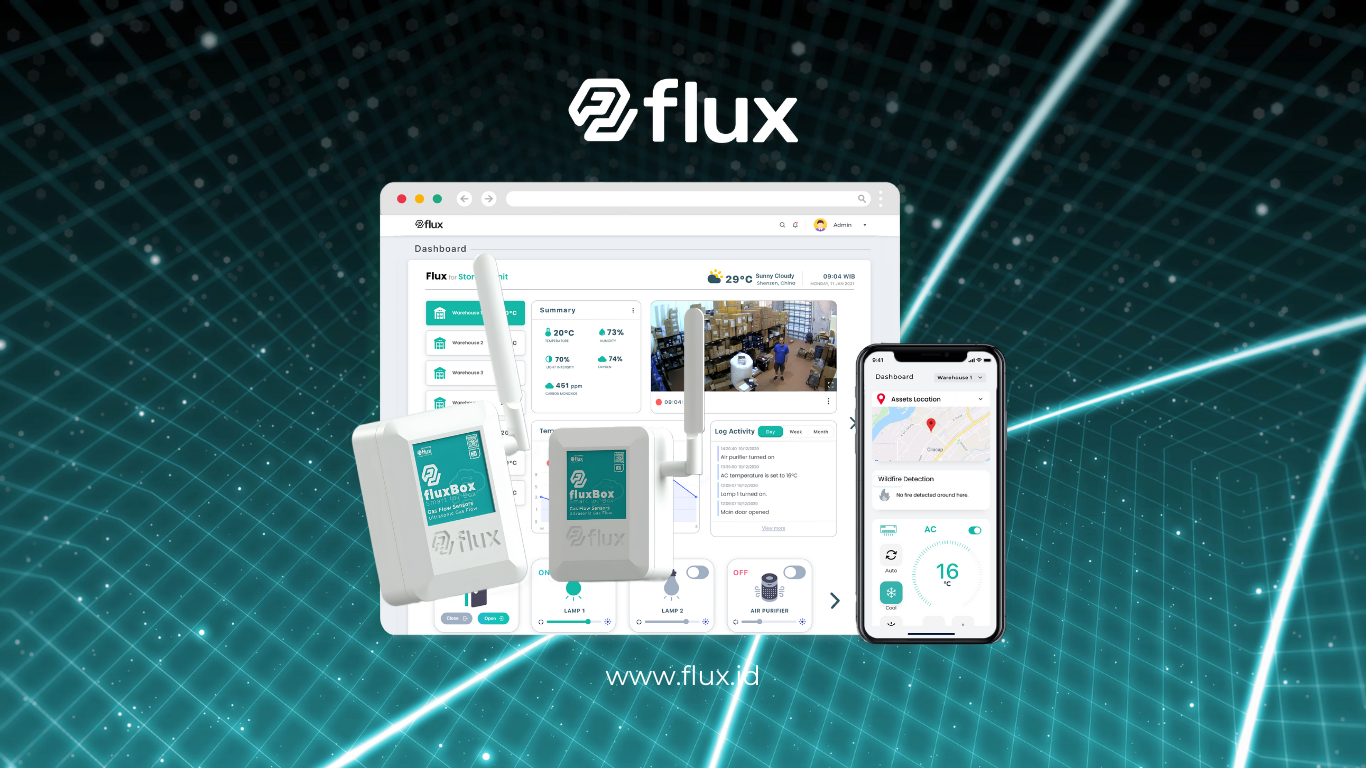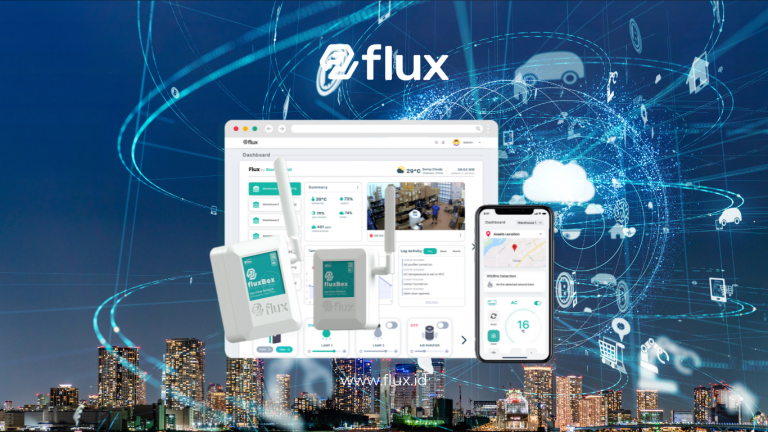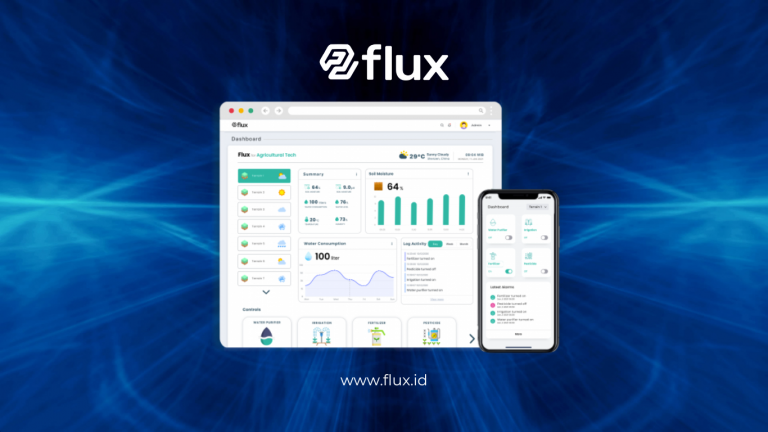Don't miss our holiday offer - 20% OFF!
In today’s digital era, digital transformation has become a necessity for all industrial sectors. With rapid advancements in technology, companies are required to adapt and leverage innovations to improve their efficiency and competitiveness. Flux is one platform that has proven itself as a leading solution to address these challenges. This article will discuss why Flux is the right choice for industrial digital transformation, the features it offers, the benefits that can be gained, and examples of its implementation in various sectors.
Contents
What Is Flux?
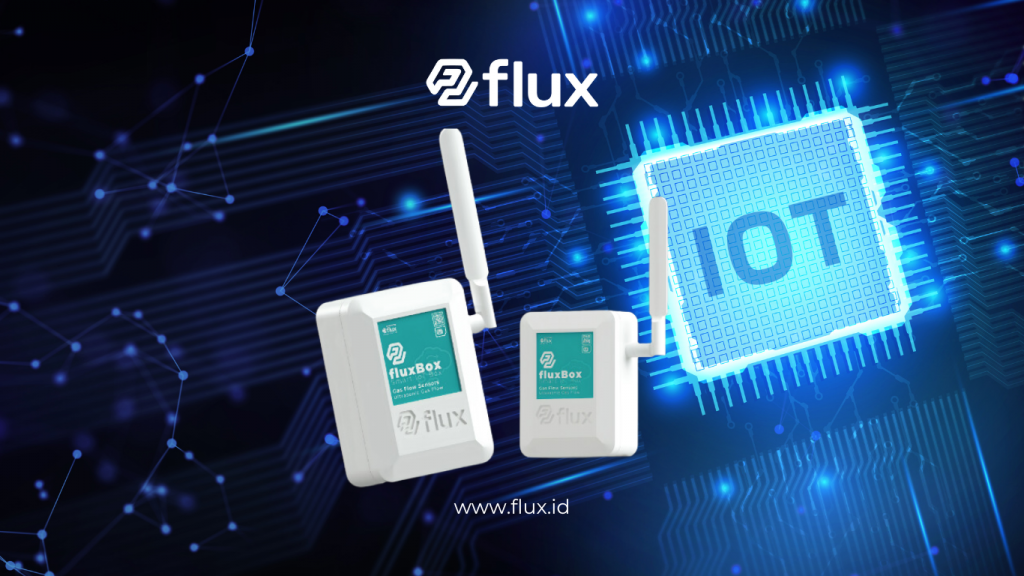
Definition
Flux is an Internet of Things (IoT) platform designed to help companies efficiently connect and monitor various devices. With Flux, users can manage all connected devices within a single integrated system, allowing for real-time data monitoring and better decision-making.
Key Features of Flux
- Easy Integration: Flux supports various types of IoT devices, enabling companies to integrate solutions with ease.
- Real-Time Data Analysis: Provides access to up-to-date data, which helps in making timely and accurate decisions.
- Automation and Control: Automates certain processes and facilitates device control.
Why Is Digital Transformation Important?

1. Adaptation to Changing Demands
With rapid changes in consumer desires and needs, companies must be able to adapt quickly to remain relevant. Adopting digital technology helps organizations respond to market demands more efficiently.
2. Enhancing Operational Efficiency
Digital transformation enables the automation of various processes, reducing costs associated with manual operations and increasing collaboration among teams. In many cases, such technology can accelerate overall business processes.
3. Improving Customer Experience
Digital transformation not only focuses on internal processes but also enhances customer experience. With the right tools, companies can better understand customer needs, offer more personalized solutions, and improve customer satisfaction.
Benefits of Using Flux in Digital Transformation

1. Increased Efficiency and Productivity
With Flux, companies can closely monitor device performance and processes. Real-time data allows users to take immediate action if problems arise, overall enhancing productivity.
2. More Data-Driven Decisions
Flux presents accurate analytic data, supporting data-driven decision-making. With valid information, management can formulate better strategies and anticipate market changes.
3. Flexibility to Adapt
Flux is designed to meet the specific needs of each industry. The system’s flexibility makes it easier for companies to adapt as their needs grow and change.
4. Enhanced Data Security
A crucial aspect of technology is security. Flux offers robust security protocols to protect the data collected from devices, maintaining user integrity and trust.
Flux Applications Across Various Sectors
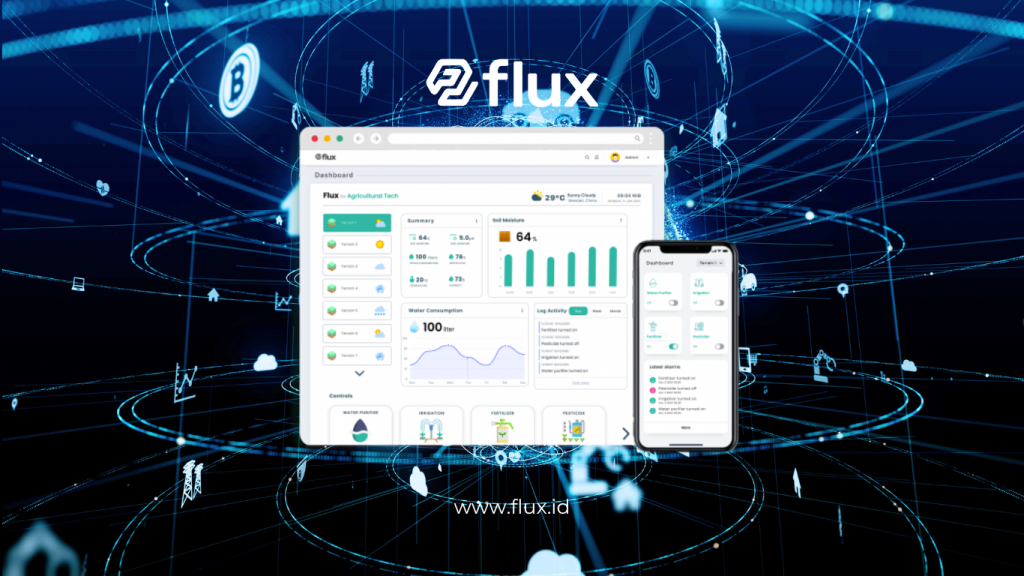
1. Manufacturing Sector
Flux can monitor operations in factories, assisting in device management and analyzing production data. With the information collected and analyzed, the manufacturing industry can reduce waste, improve speed, and enhance product quality.
2. Energy Sector
In the energy industry, Flux plays a critical role in monitoring and managing energy consumption. With accurate monitoring, companies can ensure compliance with environmental regulations and reduce emissions.
3. Healthcare Sector
In the healthcare sector, Flux helps monitor medical equipment and manage patient records. An integrated system allows healthcare services to be more responsive and efficient.
4. Transportation Sector
FluxConnect allows transportation companies to monitor vehicle fleets in real-time, optimize routes, and reduce operational costs.
How to Implement Flux

1. Clear Implementation Plan
Developing a detailed and structured implementation plan is vital for the successful adoption of Flux. This includes needs analysis, objectives, and strategies to achieve desired goals.
2. User Training
It is essential to provide training for employees on how to use the system. Educated employees will be better prepared to leverage all available features.
3. Customization
Every company has unique needs, so each Flux implementation must be tailored to the specific requirements of the company. This customization is important for maximizing efficiency.
4. Regular Evaluation
Conducting regular evaluations will help ensure that Flux is functioning well and meeting established objectives. Continuous improvement is key to success.
Conclusion
Flux from Nocola is a highly reliable solution for transforming industries in the Industry 4.0 era. With its ability to enhance efficiency, productivity, and security, Flux provides companies with the necessary tools to compete and adapt in an increasingly innovative market.
By leveraging the Flux solution, companies can not only gain a better understanding of their operations but also achieve significant sustainability. Let’s collaborate to create a more efficient and sustainable future using the right technology!


